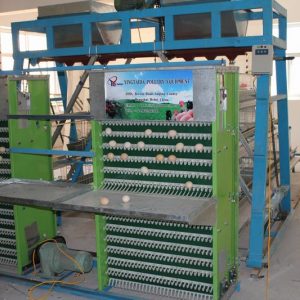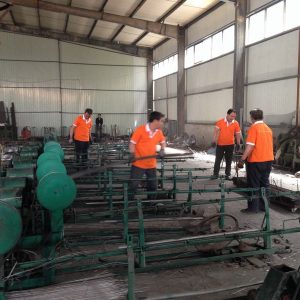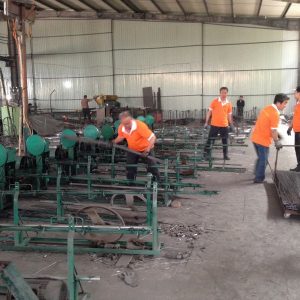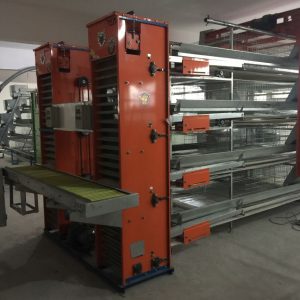
Steps for making chicken in fermentation bed
Affected by the regulation of the national land policy, the development of livestock and poultry production in rural areas and the construction of fixed poultry houses have been completely prohibited. Drawing on the technology of fermenting bed pigs, actively exploring the fermentation bed to raise chickens has achieved high economic and social benefits.
Production of fermentation bed
The main raw materials of the fermentation bed are sawdust and rice husks, pay attention to ensure that the raw materials do not contain toxic substances and no mildew. First mix the sawdust and rice husk in a 1:1 ratio into the fermentation tank, lay about 25cm thick, then mix with 5kg corn flour and an appropriate amount of raw enzyme every 20m2, evenly spread on the fermentation bed, and then lay 5cm Sawdust and rice husk mixture, then spray water evenly on the fermentation bed (note that tap water can not be used, you can use well water or clean river water), feel the water in the fermentation tank about 10cm deep, stop spraying water, use tools to ferment the bed Flip it a little, then cover the film. After about 3d in summer and 5d in winter, the film is opened, and the hand is deep into the fermentation bed. A hot touch (about 45°C) indicates that the fermentation is successful.
Maintenance of fermentation bed
After the fermentation bed is successfully fermented, the bacterial liquid should be added according to the humidity of the fermentation mattress to keep the humidity of the mattress at 30%-40%. Under normal circumstances, the litter should be sprayed with a 100-fold diluted bacterial solution 1 to 2 times per week. At the same time, it should also be noted that the surface of the fermentation bed cannot be disinfected with disinfectants, and chickens cannot use antibiotics, so as not to damage the normal fermentation of the fermentation bed.
Breeding chicken in fermentation bed has the following advantages: First, it reduces the production cost. There is no need to clean the chicken house every day, which reduces the labor cost; the use of fermentation bed breeding can increase the proportion of roughage, reduce the amount of concentrate and reduce the cost of feed. It is estimated that raising chickens in fermentation beds can save more than 10% of feed compared to other chicken raising methods. Second, the chickens living on the fermentation bed are healthier and less prone to illness, reducing the cost of treatment. The eggs produced are clean, pollution-free, and free of drug residues. The quality of the eggs is high, and the market competitive advantage is obvious. The third is that the chicken farm has no pollution to the surrounding environment. After the litter and chicken manure are mixed and fermented, they can be directly converted into high-quality organic fertilizers. The social and economic benefits are more obvious.



